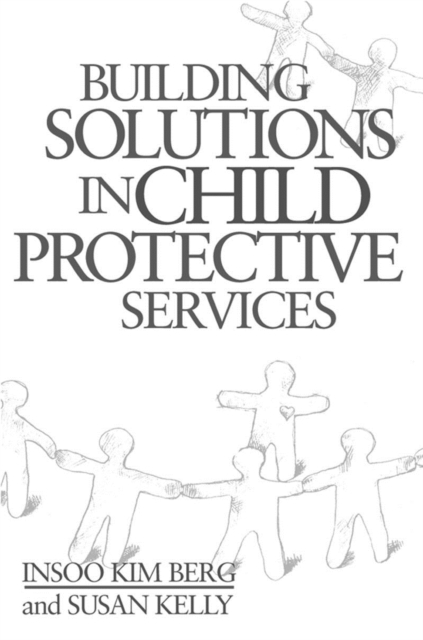
Building Solutions in Child Protective Services Hardback
by Insoo Kim Berg, Susan Kelly
Hardback
Description
How does one change the attitudes and practices of child protective services (CPS)—a statewide bureaucracy often overwhelmed and understaffed?
First, take an outsider to the system, Insoo Kim Berg, who has a vision and a solution-focused model.
Add an insider, Susan Kelly, who understands the system.
Spend many hours with CPS workers in the field, learning from them and helping them make the shift from a deficit perspective to a collaborative model that emphasizes strengths and solutions.
Envision and implement change throughout the system.
Celebrate small successes on the way to building family self-sufficiency and integrity. This recipe for reforming child protective services is being followed in many public child welfare agencies, with growing success.
In Building Solutions the authors explain how to conceptualize, implement, and sustain this hopeful and positive frame in a daily practice for dedicated frontline workers as well as for those in supervision, management, and administration. The book has two parts. In the first, the authors put child protective services in context, introducing the system and their new approach, giving a brief history of child protection in the United States, and setting the stage for change.
In the second part, the authors walk readers through the nuts and bolts of implementation, from the first phone call to case closure—including discussions about placing a child out of the home.
Berg and Kelly also discuss supervision, consultation, and ongoing training, as well as their vision of the future of CPS. This book is not a manual; it is a challenge to step out of the traditional CPS "box" and think differently—to create client-driven services that make sense.
The authors challenge CPS administrators, supervisors, and workers to begin conversations about how the system can be more helpful and respectful to the families so that the parents can get what they need to care for their children.
Building Solutions should have a place on the desk of everyone involved in child protective services.
Information
-
Available to Order - This title is available to order, with delivery expected within 2 weeks
- Format:Hardback
- Pages:328 pages
- Publisher:WW Norton & Co
- Publication Date:12/09/2000
- Category:
- ISBN:9780393703108
Information
-
Available to Order - This title is available to order, with delivery expected within 2 weeks
- Format:Hardback
- Pages:328 pages
- Publisher:WW Norton & Co
- Publication Date:12/09/2000
- Category:
- ISBN:9780393703108






